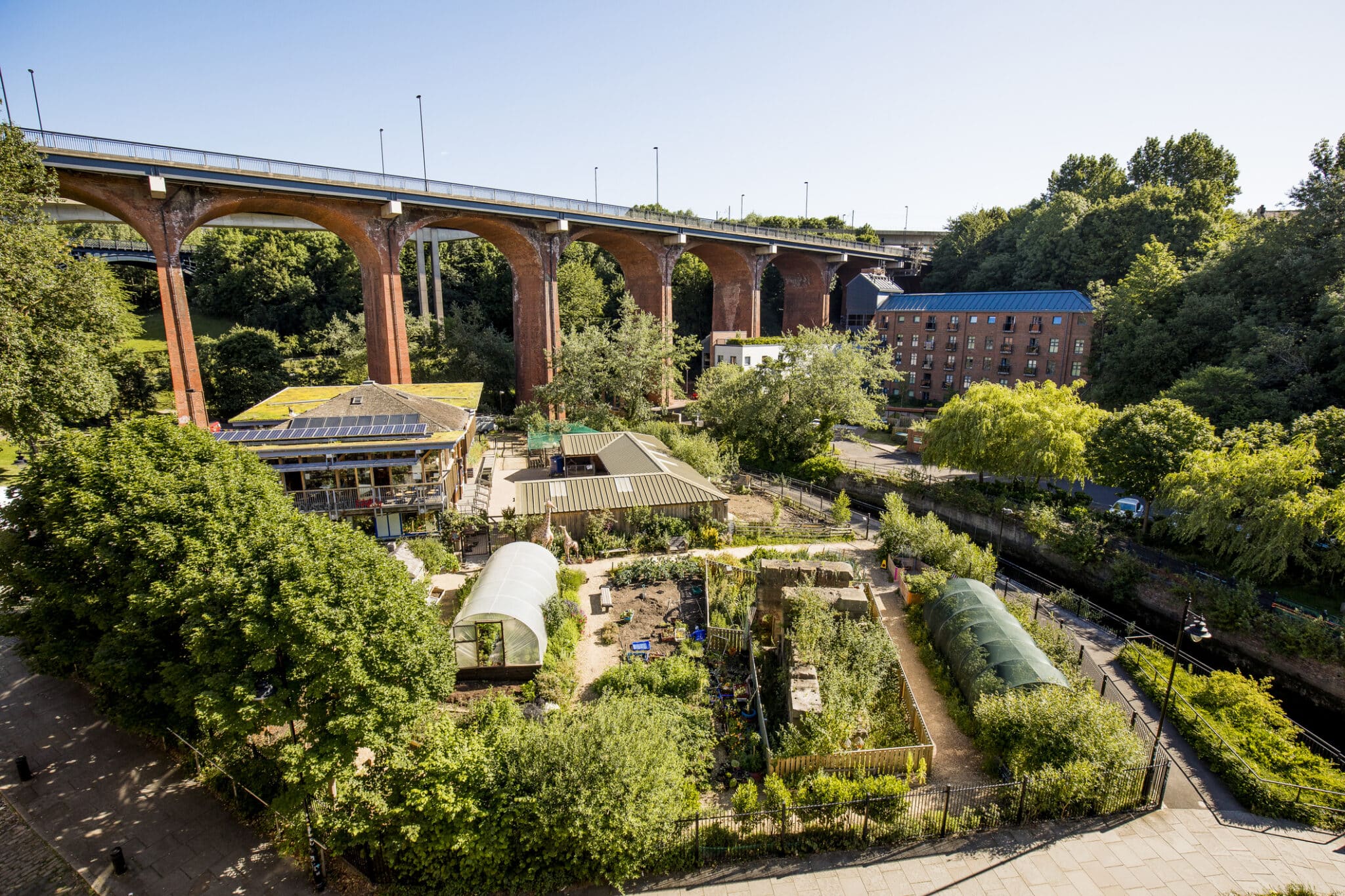The Basic Principles Of City Blooming
The Basic Principles Of City Blooming
Blog Article
The Ultimate Guide To City Blooming
Table of Contents10 Easy Facts About City Blooming ShownThe smart Trick of City Blooming That Nobody is DiscussingThe City Blooming IdeasSome Known Incorrect Statements About City Blooming Some Ideas on City Blooming You Need To Know
Intrigued in expanding food for sale in the City of Chicago? Below is a list of often asked questions pertaining to the guidelines and regulations that farmers need to take into consideration when intending a city farming job.
The zoning change does not change any kind of various other codes taking care of composting, structure authorizations, purchasing or leasing City owned property, organization licenses or environmental contamination. There are existing codes that regulate these problems and they continue to be in full result and might be appropriate to your task. Community gardens are usually owned or taken care of by public entities, public organizations or community-based companies and preserved by volunteers.
Urban farms grow food that is meant to be sold, either on a not-for-profit or for-profit basis. Due to their business objective, urban farms need a service permit. Yes. An area yard is permitted to offer surplus produce that was grown on website if the sales are accessory or secondary to the yard's key purpose explained above.
8 Simple Techniques For City Blooming
Composting is enabled yet only for plant material that is created and used on site. The amount of garden compost product can not exceed 25 cubic lawns at any type of given time according to the requirements in 7-28-715 of the City's Municipal Code. Yes. Because the dirt at most brand-new yard websites needs amending, compost, soil, timber chips, or various other materials can be acquired to construct or enhance the expanding room - sustainable gardening.

If a building permit is needed after that the hoophouse will be thought about an accessory building. You can learn more concerning the structure license needs by speaking to the Division of Buildings. The 25,000-square-foot dimension restriction is planned to avoid a solitary community garden from dominating a provided block or diminishing the block's existing property or commercial character.
The restriction does not put on gardens situated in Public Open Room (POS) areas. Can there be greater than one neighborhood yard that is 25,000 square feet on a solitary block? Yes. The size limit relates to individual yards, not to individual blocks. No. Fencing is not needed, nevertheless, yards that have large car parking areas might be called for to install secure fencing or other landscaping features.
The Greatest Guide To City Blooming
B1 & B2 areas require that all business use tasks be performed inside your home. Is fencing required for urban farms? Fencings might be called for, along with landscape design and screening, for specific auto parking areas and exterior job or storage areas depending on location and the particular activity taking place.
Yes. Urban farms call for structure authorizations and zoning approvals before construction. Other types of city review might be required relying on details structures, activities, dimension, landscape design, licensing, public heath and stormwater management issues. A lot of these needs are identified in the job style or permitting procedure, nevertheless, the candidate may be liable to independently recognize particular licenses or allows that may be needed.
The Division of Organization Matters and Consumer Security can assist determine the details kind of organization certificate that's called for. Off road car parking is needed for most commercial tasks in Chicago. The needed number of auto parking rooms is based on the number of staff members working on site and not the square video footage of the expanding space.
Little Known Facts About City Blooming.

Yes. A city ranch can sell garden compost product created on site, nonetheless, the procedure must conform with the guidelines in 7-28-715 of the Chicago Municipal Code. Yes. Aquaponic systems are permitted indoors on urban farms in many zoning areas. A zoning review and structure permit is required in order to mount frameworks or systems and an organization license is needed as explained over.
Approximately five hives or nests of honey bees might be kept as an accessory use. Beekeepers should register with the Illinois Department of Farming. To find out more about the suggested zoning amendment you may call the Division of Housing and Economic Development, Bureau of Planning and Zoning at 312.744.8563.
Farming in cities and metropolitan locations An urban ranch in Chicago. Urban farming describes different practices of cultivating. https://www.metal-archives.com/users/cityblooming, processing, and dispersing food in metropolitan areas. The term likewise uses to the area tasks of pet husbandry, tank farming, beekeeping, and cultivation in a city context. Urban agriculture is identified from peri-urban agriculture, which happens in backwoods at the side of residential areas.
The 20-Second Trick For City Blooming
, who seek to form social networks established on a shared values of nature and community holism. These networks can establish by means of official institutional support, becoming integrated into local town preparation as a "transition town" activity for sustainable metropolitan advancement.
Some of the very first evidence of city agriculture comes from Mesopotamia.
Report this page